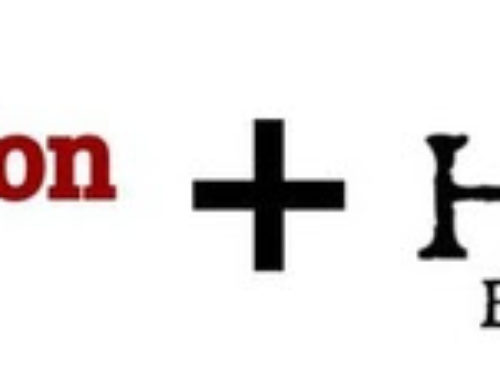One of the most common questions people ask about beer is “how much alcohol is there?” Generally speaking, beer will have anywhere from 4-10 percent alcohol by volume (ABV) but many exceptions exist. The alcohol content of beer is a distinguishing characteristic that can speak volumes about the ingredients used and brewing method as well as affect the taste of the beer.
Alcohol content is dependant on the concentration of sugar in wort and how much of that sugar is metabolized by yeast. Several factors influence sugar content and yeast performance including how much malted gain is used, the temperature of the mash, added sugars (i.e. brown sugar or honey), the strain of yeast, and the temperature of fermentation. For example, if a recipe calls for a large quantity of malt, brown sugar is added to the wort, and an aggressive strain of yeast is used at its ideal temperature, it is reasonable to assume the resulting beer will have a high alcohol content and will eventually lead to questionable decisions.

So how is alcohol content measured? One method might be to toss back a few and see how many it takes until Sarah Jessica Parker starts looking good; the beer that takes the fewest is the one with the highest ABV. An alternate and more scientific method involves measuring the sugar content of the beer before fermentation and comparing it to the sugar content after fermentation.
Measuring final gravity
As mentioned in Carbonation Nation a tool called a hydrometer is used to measure the concentration of sugar (gravity) in wort. Essentially what we’re measuring is the difference in density between water with sugar and pure water; the more sugar dissolved in water, the denser it is and the higher its gravity. As sugar in wort is converted to alcohol, the gravity will decrease because there is less sugar and alcohol is less dense than water. If we know a beer’s gravity before and after fermentation, we can calculate how much sugar was converted to alcohol. A simple formula can be used to describe this relationship:
ABV = (Starting Gravity – Final Gravity) * 131
Starting gravity is sugar content before fermentation and final gravity is post fermentation counterpart. The constant 131 is the number used to convert the difference in gravities to alcohol content. For quick reference (and less math) here is a chart summarizing gravity vs. ABV:

